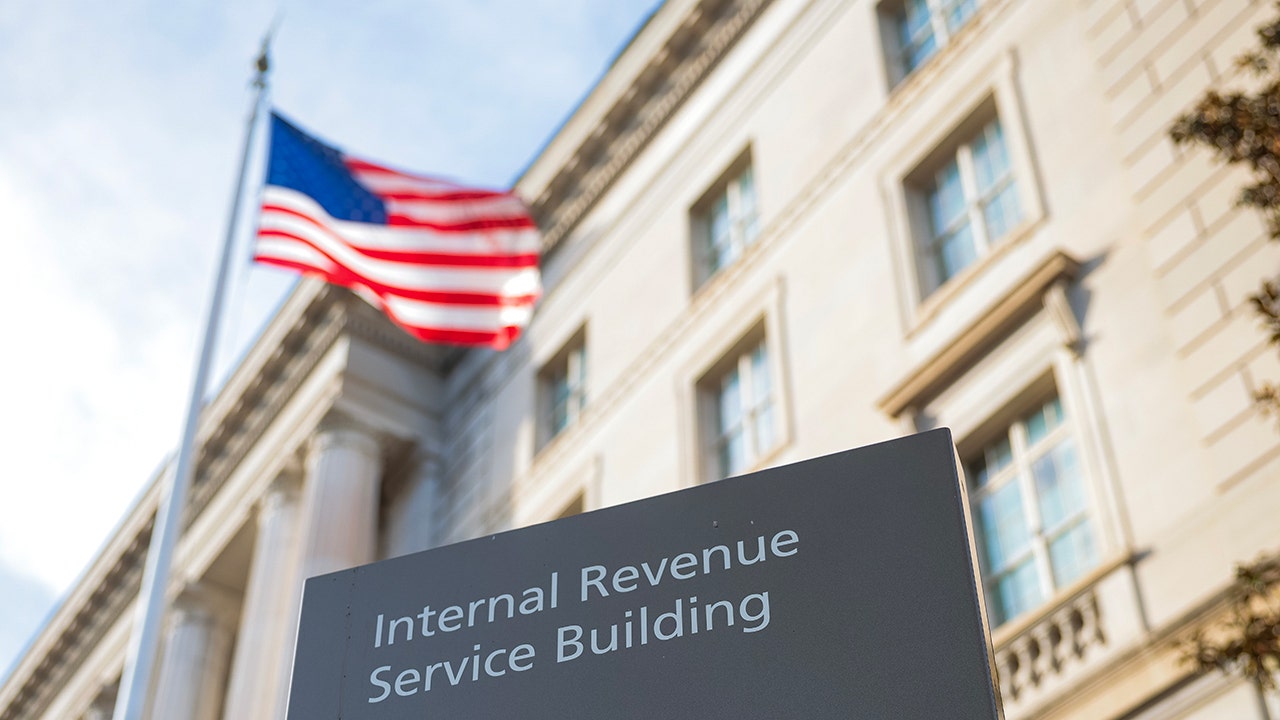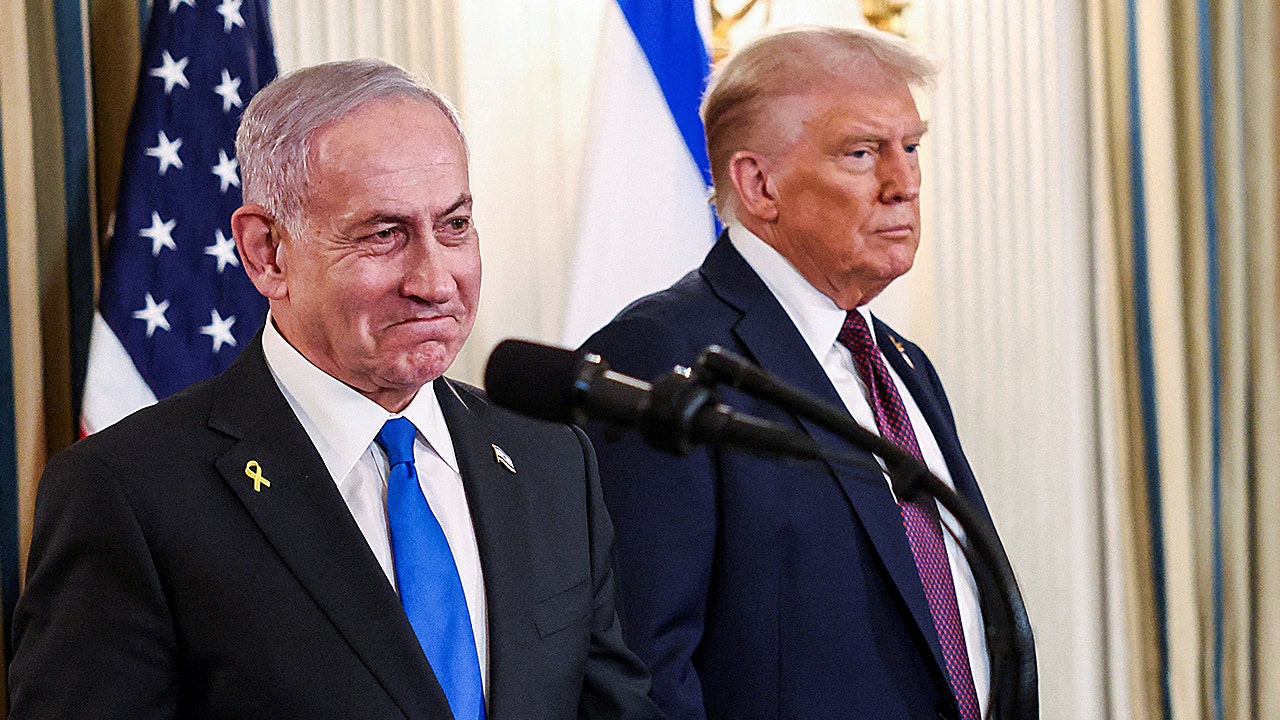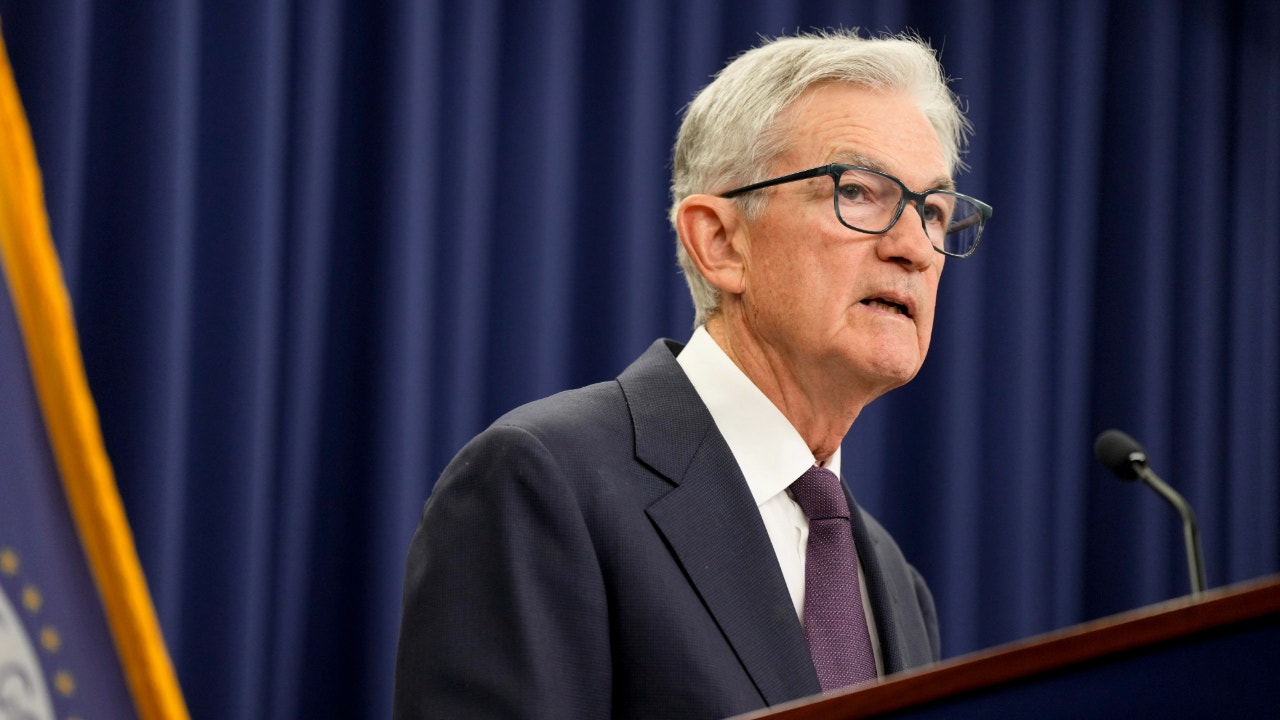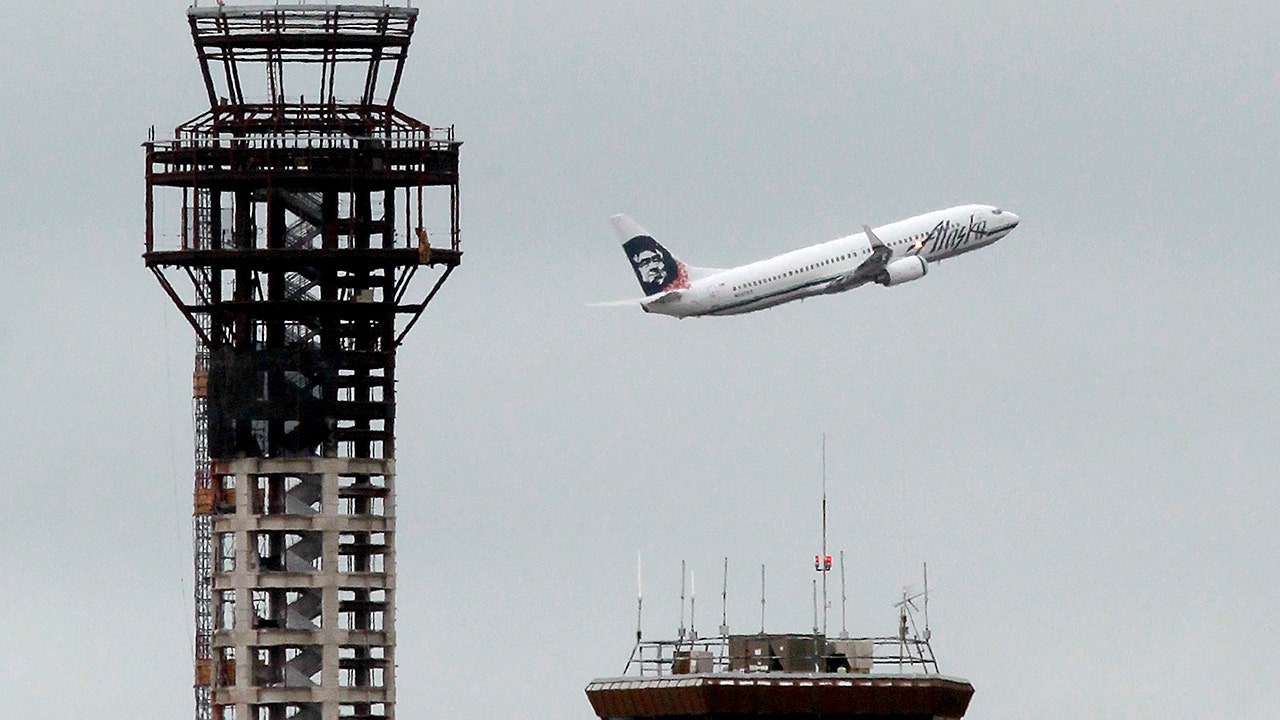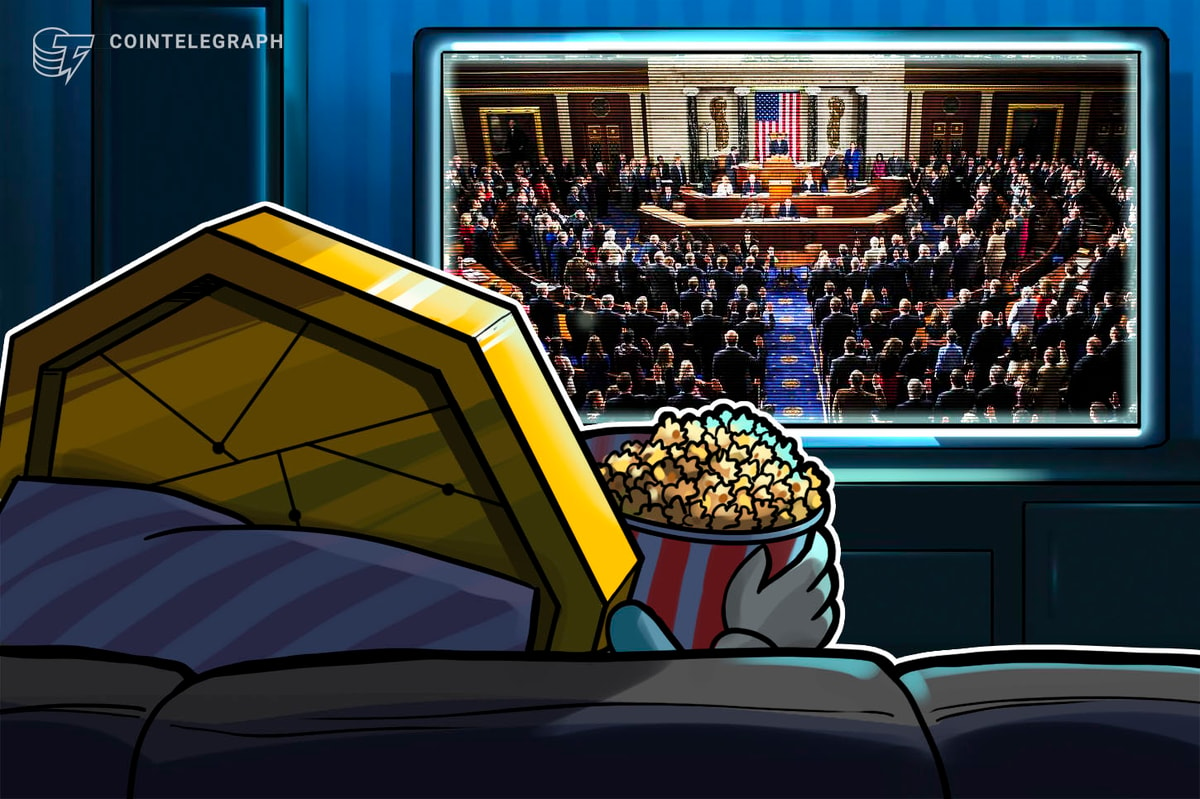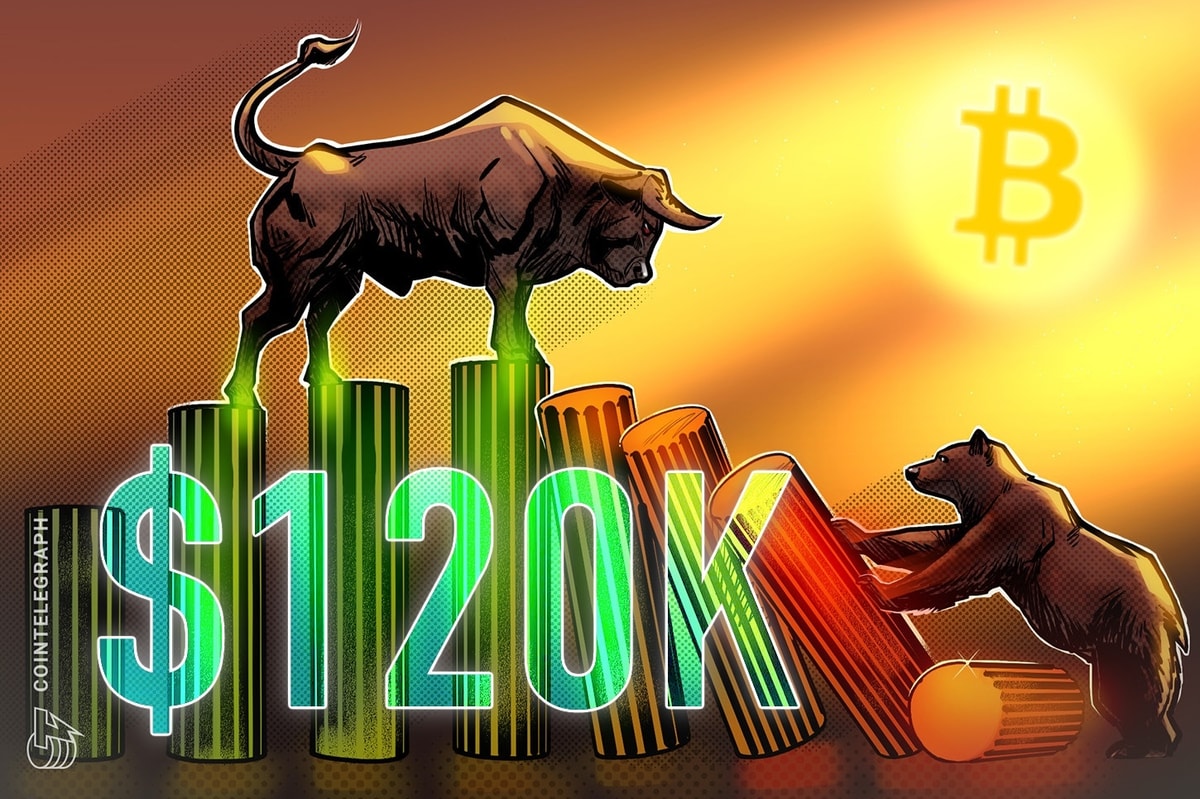The Federal Reserve on Wednesday released the minutes from the central bank’s monetary policy meeting last month, which showed that while policymakers anticipate further interest rate cuts, they remain committed to bringing inflation back to its 2% target.
The Federal Open Market Committee (FOMC), which guides the Fed’s monetary policy moves, voted in September to lower the benchmark federal funds rate by 25 basis points to a range of 4% to 4.25%. That move cut interest rates for the first time in 2025, but came as inflation remained elevated the Fed’s longer-run 2% inflation target.
The most recent reading of the consumer price index (CPI) was up 2.9% year over year for the month of August, while the Fed’s preferred inflation gauge – the personal consumption expenditure (PCE) index – was up 2.7% from last year. Those metrics had been noticeably lower earlier this year, with CPI at 2.3% and PCE at 2.2% in April.
“A majority of participants emphasized upside risks to their outlooks for inflation, pointing to inflation readings moving further from 2 percent, continued uncertainty about the effects of tariffs, the possibility that inflation proves to be more persistent than currently expected even after the inflation effects of this year’s tariff increases fade, or the possibility of longer-term inflation expectations moving up after a long period of elevated inflation readings,” the FOMC said.
FED PRESIDENT WARNS INFLATION IS ‘GOING THE WRONG WAY’ AS TARIFF CONCERNS MOUNT
The FOMC noted that participants generally thought that “this year’s tariff increases had put upward pressure on inflation, some remarked that these effects appeared to have been somewhat muted to date relative to expectations from earlier this year.”
The minutes added that policymakers generally thought inflation would be closer to target but for the higher tariffs, with some observing that “business contacts had indicated that they would raise prices over time because of higher costs stemming from tariff increases.”
“Uncertainty remained about the inflation effects of this year’s increase in tariffs, though most participants expected these effects to be realized by the end of next year,” the FOMC said.
The minutes showed that some policymakers thought that the uptick in inflation this year could have warranted the Fed leaving rates unchanged.
“These participants noted that progress toward the Committee’s 2% inflation objective had stalled this year as inflation readings increased and expressed concern that longer-term inflation expectations may rise if inflation does not return to its objective in a timely manner,” the minutes read.
WHAT IS THE SIGNIFICANCE OF TRUMP’S EFFORT TO REMOVE THE FED’S LISA COOK?
Despite those concerns about the future course of inflation, policymakers went ahead with interest rate cuts over concerns about the labor market weakening, as officials saw downside risks to employment as having increased since the prior meeting.
They noted low hiring and firing rates as “evidence of less dynamism in the labor market.” Job gains being concentrated in a few economic sectors, and a rise in unemployment rates among groups sensitive to cyclical economic changes – including African Americans and young people – were other data points showing the softening of the labor market.
With the FOMC moving forward with the 25-basis-point cut in September, “Almost all participants noted that, with the reduction in the target range for the federal funds rate at this meeting, the Committee was well positioned to respond in a timely way to potential economic developments.”
WHAT IS THE FED’S OUTLOOK FOR INTEREST RATE CUTS, INFLATION AND JOBS FOR THE REMAINDER OF THE YEAR?
Fed Governor Stephen Miran, who was participating in his first FOMC meeting after being confirmed to his role last month, was the lone policymaker who voted for a 50-basis-point cut and dissented from the panel’s vote.
The FOMC minutes showed that policymakers had a range of views about the path for further rate cuts going forward. “Most judged that it would likely be appropriate to ease policy further over the remainder of the year,” the Fed said. “Some participants noted that, by several measures, financial conditions suggested that monetary policy may not be particularly restrictive, which they judged as warranting a cautious approach in the consideration of future policy changes.”
The market’s reaction to the FOMC minutes showed further 25-basis-point cuts are still expected at the Fed’s next two meetings in late October and mid-December, according to the CME FedWatch tool.
LPL chief economist Jeffrey Roach said in a note that tariffs “will keep upward pressure on inflation in the near term. Inflation will not likely reach target until late 2027 which means these pressures are stickier and more persistent than anticipated several months ago but still, that doesn’t mean we won’t see improvement in 2026.”
“Futures markets may turn out to be more accurate than the FOMC’s collective projections, especially if inflation consistently declines in 2026. Investors should expect two more cuts this year but a pause at the January 2026 meeting,” Roach added.
Read the full article here




